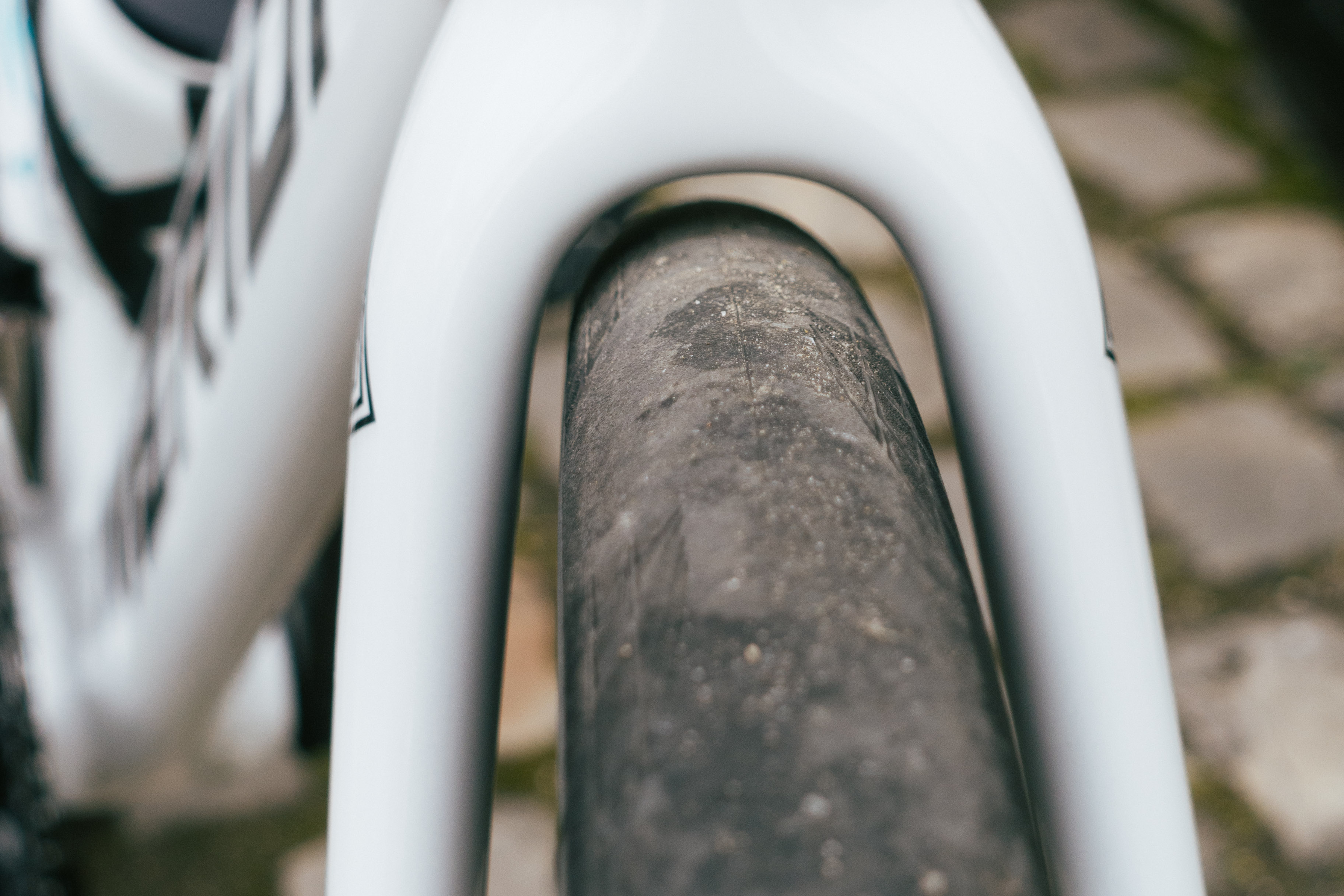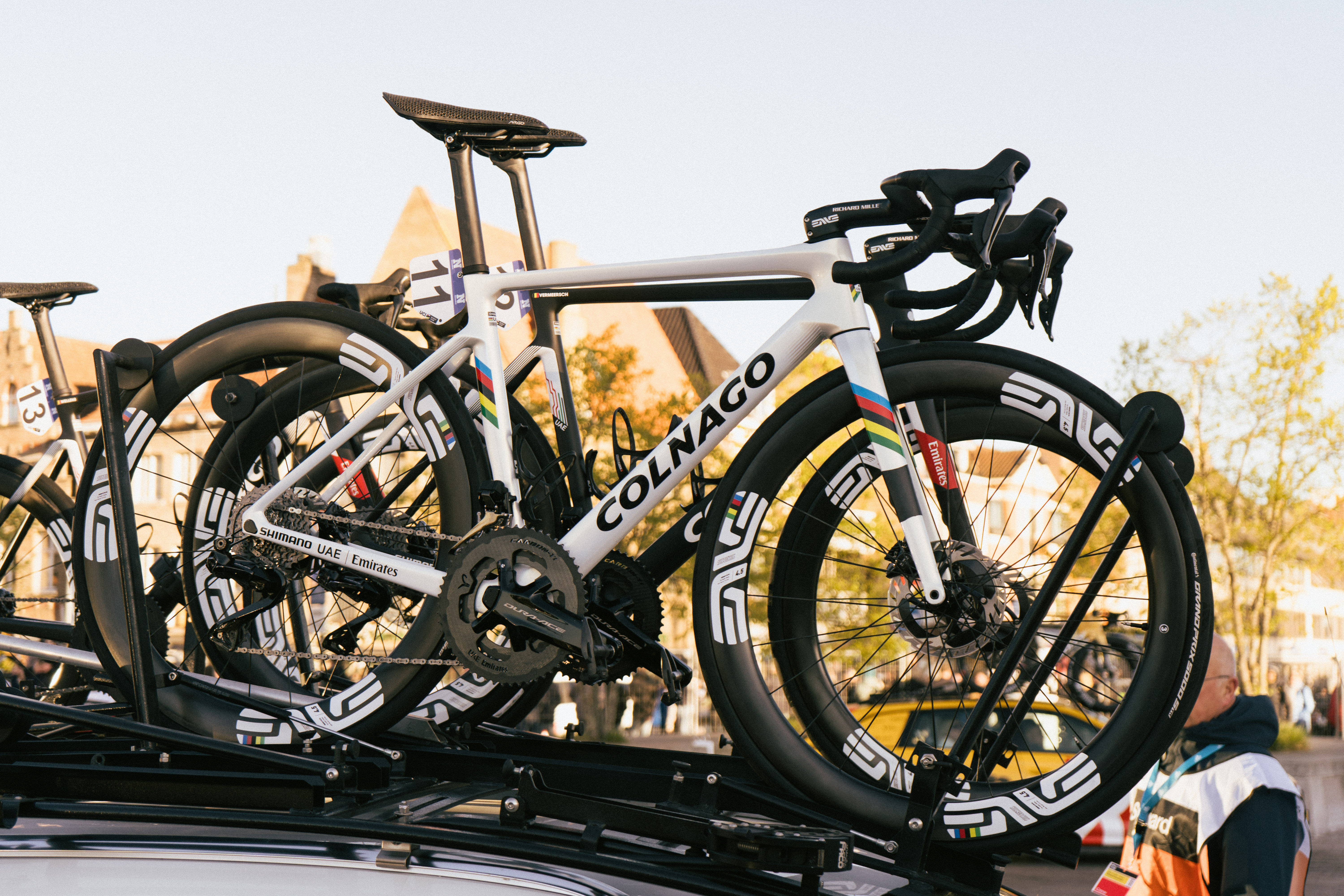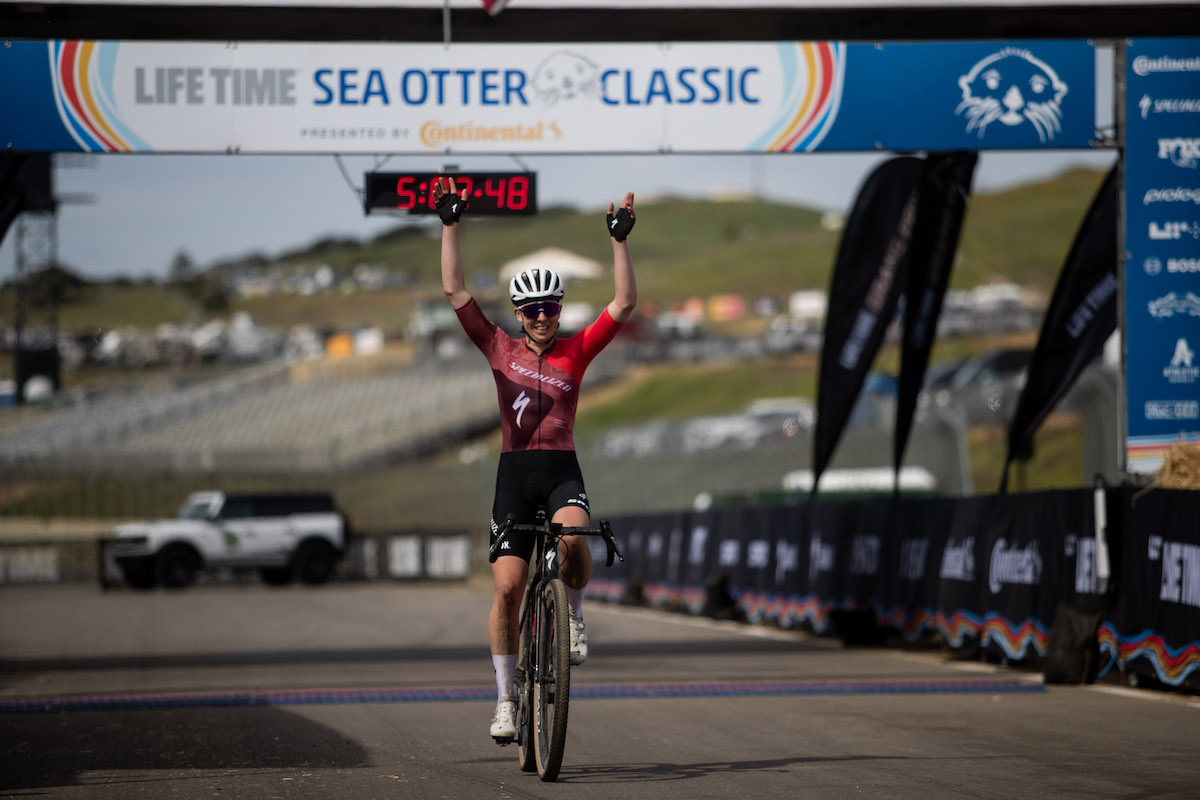Giro d'Italia 2020 – Preview
Thomas, Nibali, Fuglsang, Yates and Kruijswijk to do battle over three weeks in Italy

The Giro d'Italia is traditionally the first Grand Tour of the season, bringing in the summer of stage racing after the Classics, as the snow melts in the mountains and the poppies flower along the Italian roadside.
This year, after the COVID-19 lockdown and the massively rescheduled season, the Giro d'Italia comes after the Tour de France and overlaps with the Ardennes and cobbled Classics and even the Vuelta a España.
Any snow will be fresh like the autumnal temperatures, but the racing should again be spectacular with Italy offering a different but still unique and beautiful backdrop for the race.
The loss of the Hungarian Grande Partenza means the 103rd edition of the Corsa Rosa will be an all-Italian race, with only a brief visit to France during stage 20 to climb the Col d'Izoard.
The racing starts in Palermo on Saturday October 3 with a 15.1km time trial from the hill-top village of Monreale and finishes in Milan on Sunday October 25 with a 15.7km time trial to the spectacular Duomo.
Another time trial – 34.1km in the Prosecco vineyards above Conegliano – makes the 2020 race route good for time trialists, but over 40,000 metres of climbing across 50 classified climbs and five summit finishes gives the climbers ample opportunity to gain enough time before the decisive stage to Milan.
COVID-19 protocols
In his introduction in the official race manual, Pier Bergonzi quoted Gandhi writing: "life is not about waiting for the storm to pass, but learning to dance in the rain", indicating how the Giro d'Italia will try to ride through Italy on while living with the risks of the COVID-19 pandemic.
Italy successfully hosted the Road World Championships in Imola, and Giro d'Italia organisers RCS Sport are convinced the Corsa Rosa can be held safely thanks to a strict COVID-19 protocol. Fortunately, case numbers are currently significantly lower in Italy than in most other European countries and the pandemic is under control with Italians largely respecting rules on social distancing and the use of masks.
As with the Tour de France, riders and race staff will again form a protected bubble, following strict UCI COVID-19 rules with testing before and during the race. However race director Mauro Vegni has refused to implement the Tour de France rule of 'two strikes, team out' rule. If COVID-19 cases do emerge during the race, two mobile units will carry out recently introduced rapid tests. Only a major cluster of cases could lead to the loss of a team or even the suspension of the race.
Crowds sizes will be controlled and the tifosi will be asked to wear masks but these are not obligatory in most parts of Italy unless crowding is unavoidable.
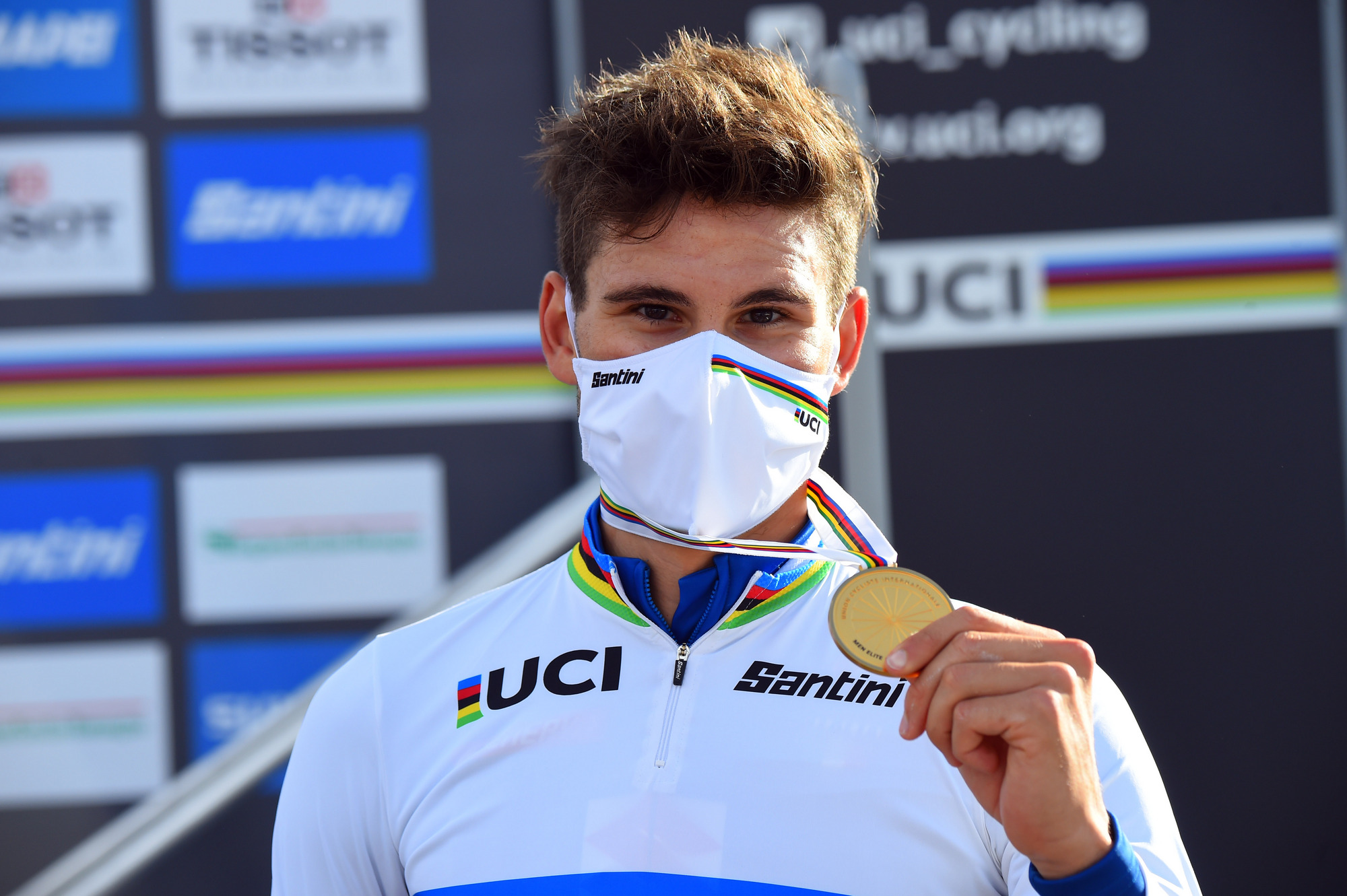
From Sicily to Milan via the Adriatic and the Alps
The Giro d'Italia tifosi are known for their enthusiasm and many are expected to line the route from the start in the south of Italy to the key mountains stages in the north and then in the centre of Milan on the final day.
This ninth Grande Partenza in Sicily should see the race given a warm send off, with 30ºC and sun forecast for the opening time trial.
The other Sicilian stages visit Agrigento, climb up the slopes of the Mount Etna volcano and to Villafranca Tirrena before a short transfer to the mainland for the long ride north via Calabria, Matera, Puglia, Abruzzo and the Adriatic coast.
Saturday's opening time trial includes a 1.1km steep climb up to the centre of Monreale and then a fast descent to central Palermo. It will be an important day for the overall contenders, as will the 18.6km climb to the Etna finish. Anyone hoping to find their form in the first week of the Giro d'Italia could lose vital time and face a handicap race all the way to Milan.
The climb to the finish in Camigliatello Silano on stage 5 will be another early test, as will be the ninth stage to Roccaraso, a new addition to the race. However, the opening two weeks are dominated by stages for the sprinters and attackers, rightly allowing an alternative race narrative to develop, while still obliging the overall contenders to stay vigilant.
Rather than the 'tapas cycling' of the Vuelta or the continuous GC battle of the Tour, the 2020 Giro d'Italia offers a menu completo to satisfy every cycling appetite.
Stage 12 finishes in Marco Pantani's hometown of Cesenatico, with the hilly 205km stage celebrating the Nove Colli Gran Fondo, considered the first major sportif ride in the world and still one of the hardest. The stages includes 3,800 m of climbing, with steep country roads and tricky descents before a flat dash to the finish line.
The key Conegliano time trial comes on stage 14 and will shake up the overall classification as the high mountains of the north loom on the horizon. In 2015 Vasil Kiryienka won a similar time trial but over a distance of 59.4km. This year the 34.2km route cuts out the flat roads from Treviso but will cause significant time gaps.
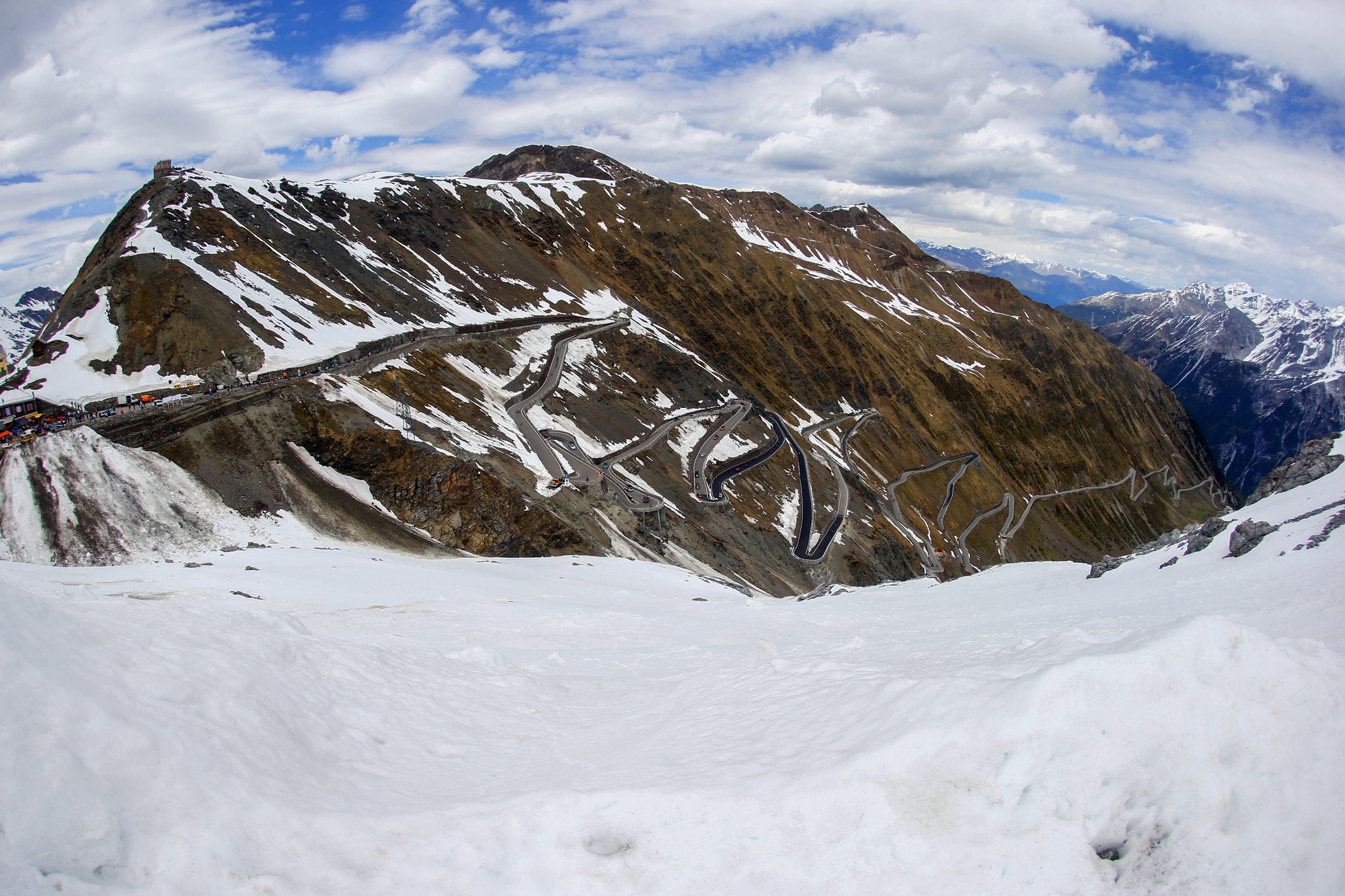
The Muro di Cà del Poggio climb comes after just six kilometres, while the rest of the route is rolling and technical. Bike selection and bike skills will be important and make a difference.
Stage 15's finish at Piancavallo takes the race into the mountains, with the 14.3km 7.9 per cent climb to the line bound to hurt on the eve of the second rest day.
A ride east into the Friulian hills on stage 16 includes the steep Monte di Ragogna climb three times, the last just 15km from the finish. Then the high mountains begin the next stage with a ride across the Trentino region and over the Forcella Valbona, the legendary Monte Bondone and a finish on Madonna di Campiglio. It will no doubt revive more memories of Marco Pantani and further blinkered conjecture of his demise.
There are arguably two queen stages in this year's Giro d'Italia, with the riders and the racing deciding which – stage 18 to Laghi di Cancano, or stage 20 to Sestriere – is the most important and most dramatic.
Stage 18 climbs the Stelvio via the spectacular Trafoi side and the famous switchback roads, before a descent and then a climb up the dirt road climb through the Stelvio National Park and on to Laghi di Cancano for a spectacular finish at almost 2000m metres.
Stage 20 is also close to 200km long and is back-loaded with major climbs. The 23.6km Colle dell'Agnello, which peaks on the French border, is remembered for Steven Kruisjkwiks' crash into the snow in 2016 and it always hurts. This time, it's followed by the Col d'Izoard via the Casse Deserte landscape, the climb of Montegenevre back into Italy and then up to the finish in Sestriere.
The Stelvio awards the Cima Coppi prize as the highest climb of the Giro, while this stage will award the Tappa Bartali prize, as Italy rightly remembers the greats of the past.
After all the climbing in the alps, only a 16.54km Milan time trial – last used in 2017 and 2012 – remains, with the short, flat and fast course revealing if the current maglia rosa's lead is enough to hold off the better time trialists.
It could see a last-minute victory like Tom Dumoulin in 2017 – perhaps by Geraint Thomas – or see a brave defence by a climbing specialist such as Simon Yates or even another all-rounder like Vincenzo Nibali. Whichever way it unfolds, the 2020 Giro d'Italia will be raced until the final metres.
The riders to watch
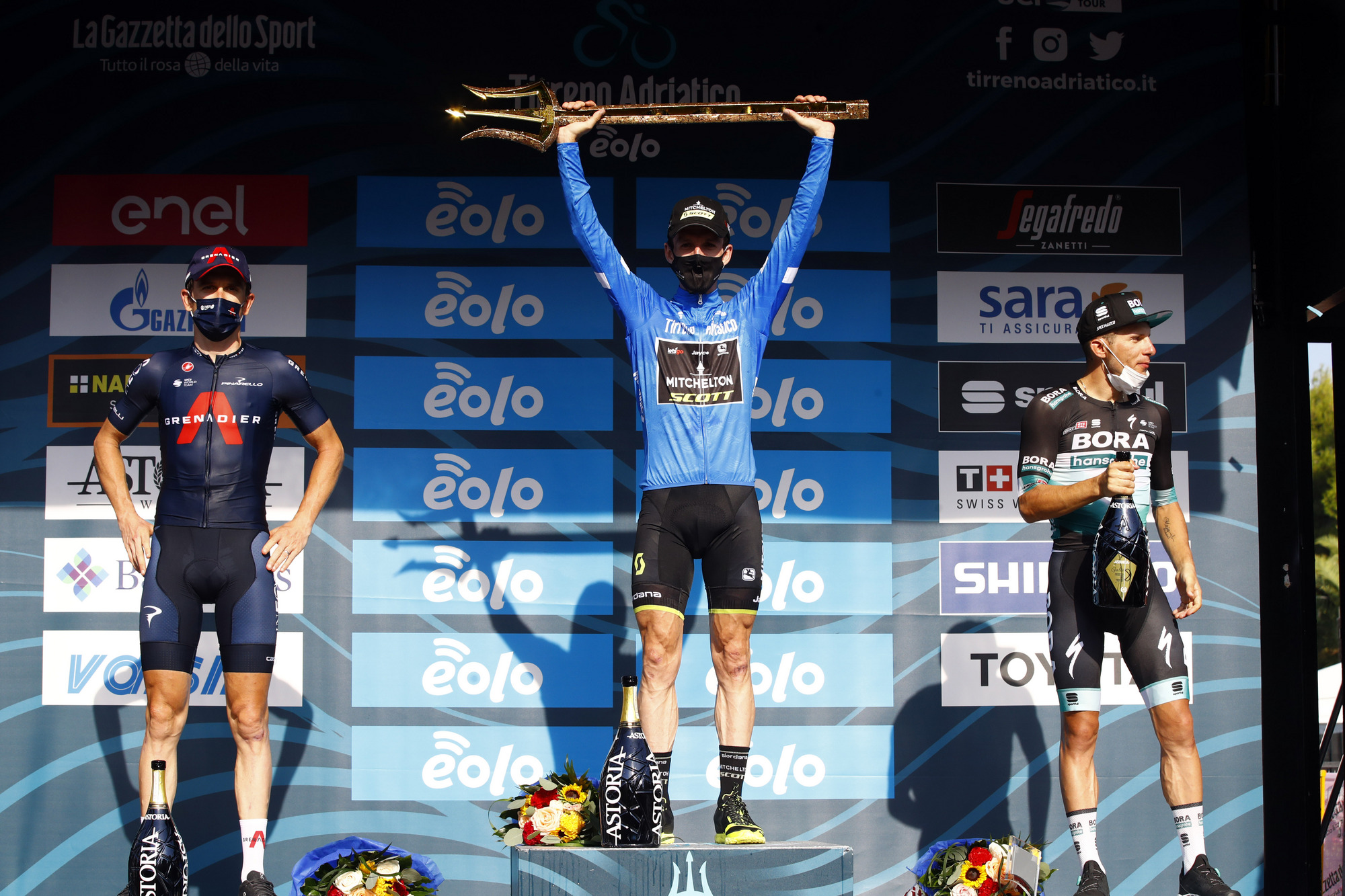
Remco Evenepoel's absence after his Il Lombardia crash is a major loss from the Giro d'Italia start list, but Geraint Thomas' change of focus from the Tour de France to the Giro d'Italia makes the Welshman a major contender for the maglia rosa and should see Ineos Grenadiers play a major part in the overall battle for the maglia rosa.
Two-time Giro winner Vincenzo Nibali flies the flag for Trek-Segafredo and Italy despite his doubts about his form, while Simon Yates leads Mitchelton-Scott after winning Tirreno-Adriatico. His 2018 collapse seems a distant memory but only a podium place will confirm he is a true Grand Tour contender for the future. All three are previous Grand Tour winners and so deserve five star pre-race contender status.
Steven Kruiswijk captains Jumbo-Visma but lacks the strong team support Primož Roglič had at the Tour de France. This could be a good thing for the quiet but consistent Dutchman, allowing him to quietly emerge as eventual winner in Milan rather dominate and falter at the last hurdle like Roglič.
Jakob Fuglsang leads Astana, and can rely on the support of Miguel Ángel López and Aleksandr Vlasov. They are arguably the strongest team on paper despite ongoing financial questions and drastic budget cuts for 2021.
Ilnur Zakarin (CCC Team), Ben O'Connor (NTT Pro Cycling), Wilco Kelderman (Team Sunweb), Tao Geoghegan Hart (Ineos Grenadiers) and Rafał Majka (Bora-Hansgrohe) are all outsiders and worth following carefully, even if this year's Giro d'Italia does seem a Nibali-Thomas-Yates-Kruijswijk-Fuglsang battle with the rest a step below.
However, a lack of depth amongst the overall contenders has created space in the start list for more sprinters, finisseurs and baroudeur who had to sit out the Tour de France.
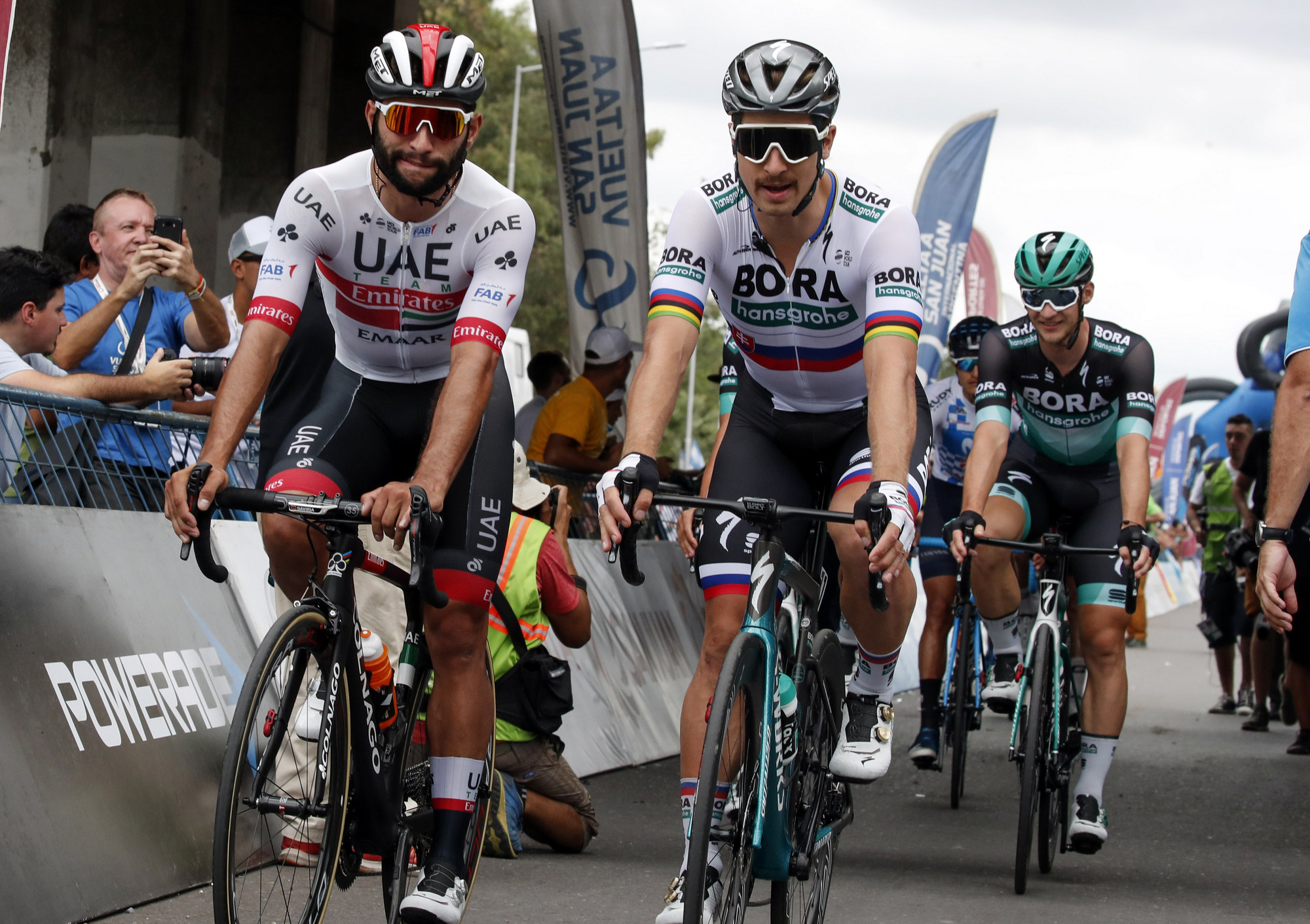
Fernando Gaviria (UAE Team Emirates), Arnaud Démare (Groupama-FDJ), Michael Matthews (Team Sunweb), Tony Gallopin (AG2R La Mondiale), Thomas De Gendt and Adam Hansen (Lotto Soudal), Dario Cataldo (Movistar), Ben Swift (Ineos Grenadiers), Diego Ulissi (UAE Team Emirates) and Giovanni Visconti (Vini Zabù-KTM) should all animate the racing on the rolling roads or sprint finishes in the next three weeks.
Peter Sagan (Bora-Hansgrohe) opted to respect his deal to ride the Giro and so will miss the Classics. He will be tired as he faces 42 days of racing in two months but is hoping his below par Tour de France will give him the form to win stages and fight for the cyclamen-coloured points jersey. Elia Viviani (Cofidis) is also hoping to bounce back after suffering in silence around France for three weeks.
Caleb Ewan is absent from Lotto Soudal's line-up and Démare appears to have the best lead out train. However the Giro d'Italia has often taught even the most successful sprinters that you need more than just speed to win the more technical and so more demanding Giro d'Italia sprints.
The three time trials have attracted new world champion Filippo Ganna (Ineos Grenadiers), who could pull the maglia rosa over his new rainbow jersey on Saturday and again on the final Sunday in Milan. He faces serious competition from Alex Dowsett (Israel Start-Up Nation), Victor Campanaerts (NTT Pro Cycling) and especially teammate and former world champion Rohan Dennis.
Like everyone hoping to finish this unique autumnal Giro d'Italia, the time trialists will have to suffer start to finish, for 21 stages, from Sicily to Milan.
After a delay of five months and the risk of COVID-129 pandemic they – along with the rest of thee peloton – are no doubt just happy just to race. It will be a pleasure to watch them.
Get The Leadout Newsletter
The latest race content, interviews, features, reviews and expert buying guides, direct to your inbox!

Stephen is one of the most experienced member of the Cyclingnews team, having reported on professional cycling since 1994. He has been Head of News at Cyclingnews since 2022, before which he held the position of European editor since 2012 and previously worked for Reuters, Shift Active Media, and CyclingWeekly, among other publications.
Latest on Cyclingnews
-
'I don't know who I am as not a cyclist' - First women's Paris-Roubaix winner Lizzie Deignan speaks openly about her path to retirement and beyond
'I have to be open-minded to what comes next and not put myself in a box now, because I just don't know. This has been my identity for the last 20 years' -
What is the widest tyre we'll see at Paris-Roubaix?
32mm, 35, 40? What are the rules, the restrictions, and teams' considerations when choosing to go wider? -
Paris-Roubaix tech predictions: 6 things we expect to see
Including an unwelcome side effect of the UCI relegation system -
Haley Batten and Keegan Swenson snare solo wins at Sea Otter Gravel
Santa Cruz rider launches on final climb to take out Life Time Grand Prix opening round while Batten capitalises on mid-race single-track to make her move

